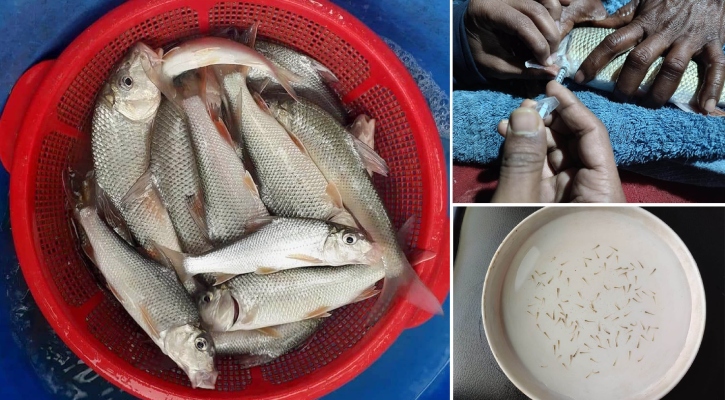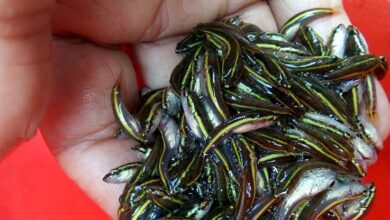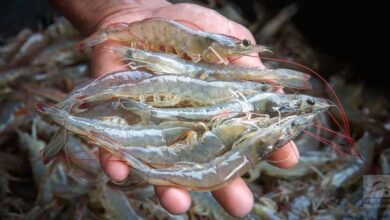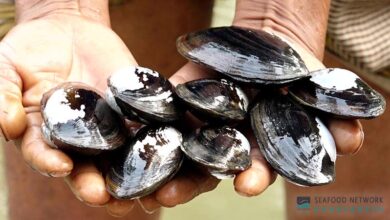
Bangladesh is successful for artificial breeding and fry production of Jarua fish. It is a freshwater fish, scientific name is Chagunius chagunio. It belongs to the genus Chagunius of cyprinids. In Bangladesh, India, Nepal, and Bhutan, it lives in wetlands. Chagunius species live in highland rivers and tributaries with clear water with rock, gravel, or sand as substrates. They have been observed in rapids, moderately flowing parts, and ponds with aquatic vegetation.
The Fisheries Research Institute’s fresh water sub-center, which is located in Saidpur in Nilphamari, has taken steps to protect the fish species. Since 2018, the researchers at this location have succeeded in artificially reproducing Jarua fish and producing their fry.
In the sub-center’s reservoirs and laboratories, researchers are experimenting with newly discovered species. According to Azhar Ali, the sub-center’s chief scientific officer, “Small fish contribute 30-35 percent to fish output in Bangladesh. The incorporation of Jarua fish and artificial reproduction will aid in expanding fish farming in that continuation. The fish’s natural habitat is in deep, clean water on the bottom of freshwater reservoirs.
Director General (DG) Yahia Mahmud of the Bangladesh Fisheries Research Institute claimed that there used to be an abundance of Jarua fish in various regions of the nation. He said that the Jarua fish was progressively going extinct. In the northern region, the fish is quite well-liked. However, the reproduction of fish is limited by water body pollution, the building of improvised dams, the use of nets, and current nets in rivers. In this instance, the Syedpur Freshwater Sub-Center conducted study on the fish.
The research paper states that the Jarua fish’s reproductive season lasts from January to February. Fish weighing one and a half grams that are healthy and free of disease are taken from rivers and lakes one and a half months before to the breeding season and released into ponds that the sub-center has prepared. There, 150 fish were raised for one month, including three rajpunti, three rui, two silver carp, and two carp. Later, the breeding mother fishes (brood) are generated. The supplement feed for these fish is 30%. This is followed by monitoring of the pond’s temperature, water quality, dissolved oxygen level, and total alkalinity. Ponds with air radiators added have more oxygen in the water. Fish body development and maturity were assessed by pulling the net after 15 days of storage. A mature 100 g jarua fish will contain 12 to 23,000 eggs. The maturation period for these fish is between seven and eight months, and they hatch between 84 and 109 hours.
The development of artificial breeding methods presents a fantastic chance to advance the aquaculture industry. When farmers can culture jarua fish, they will able to make profit.
Farhana Islam
Agriculturist, Researcher




